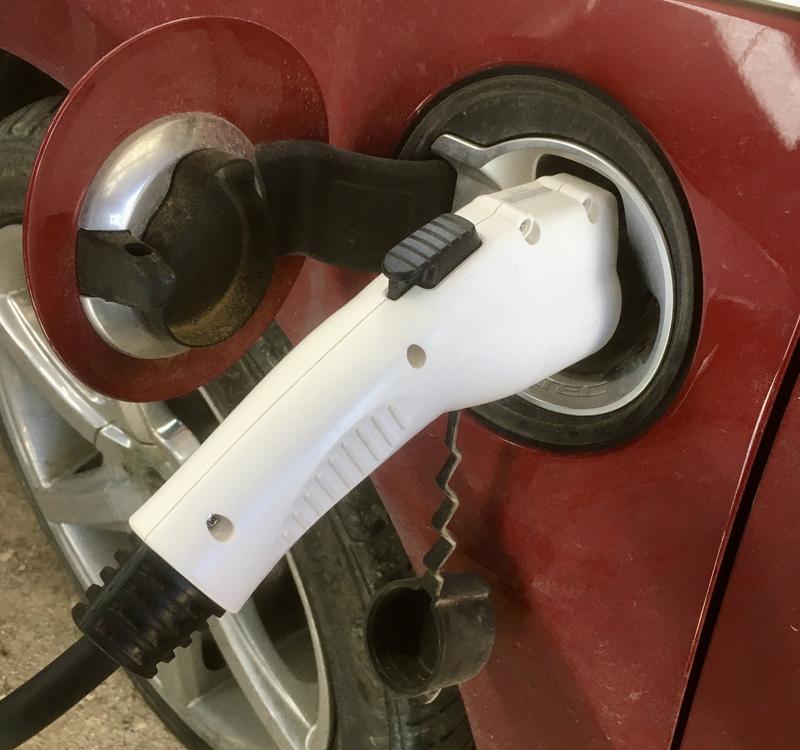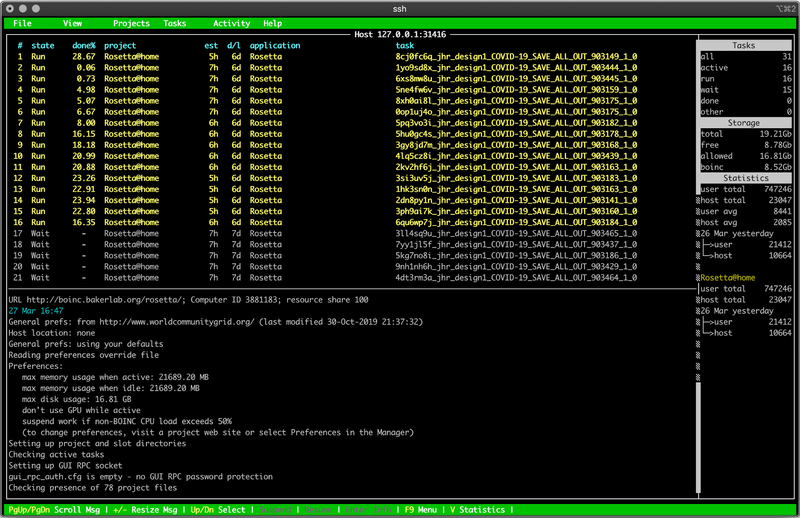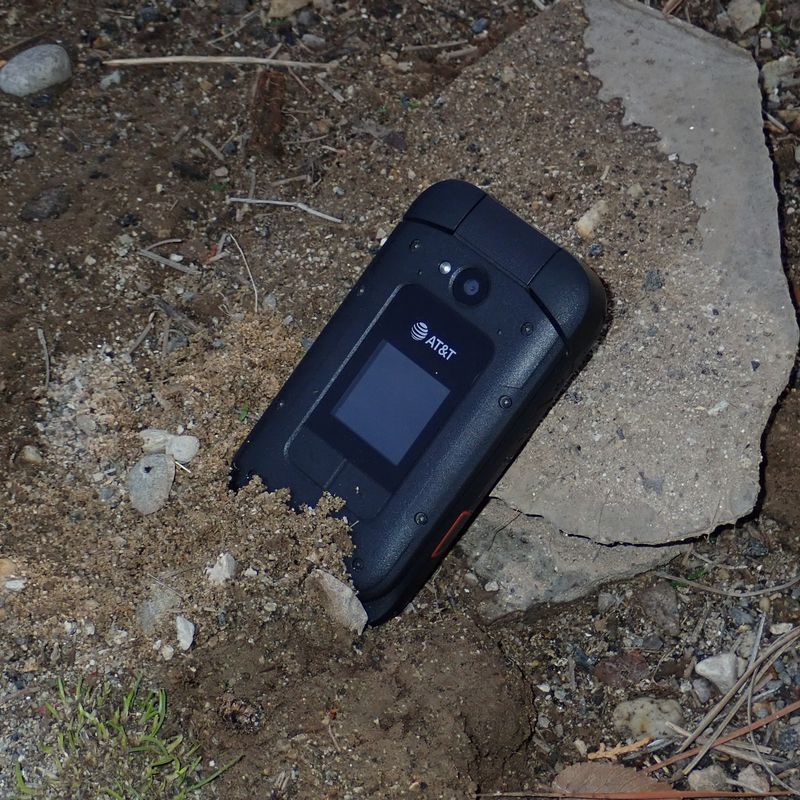What if EV charging was free? What if, in many cases, it’s literally better to just install free chargers than to bother with managing payment? As EV chargers continue to get installed and EVs continue to grow, we see a variety of approaches to charging. The space is still new, and still growing - so I’d like to propose an alternative to “the default” that accomplishes the goal of increasing EV charging options, without costing nearly as much - and, in the deal, making it even easier to own an EV!
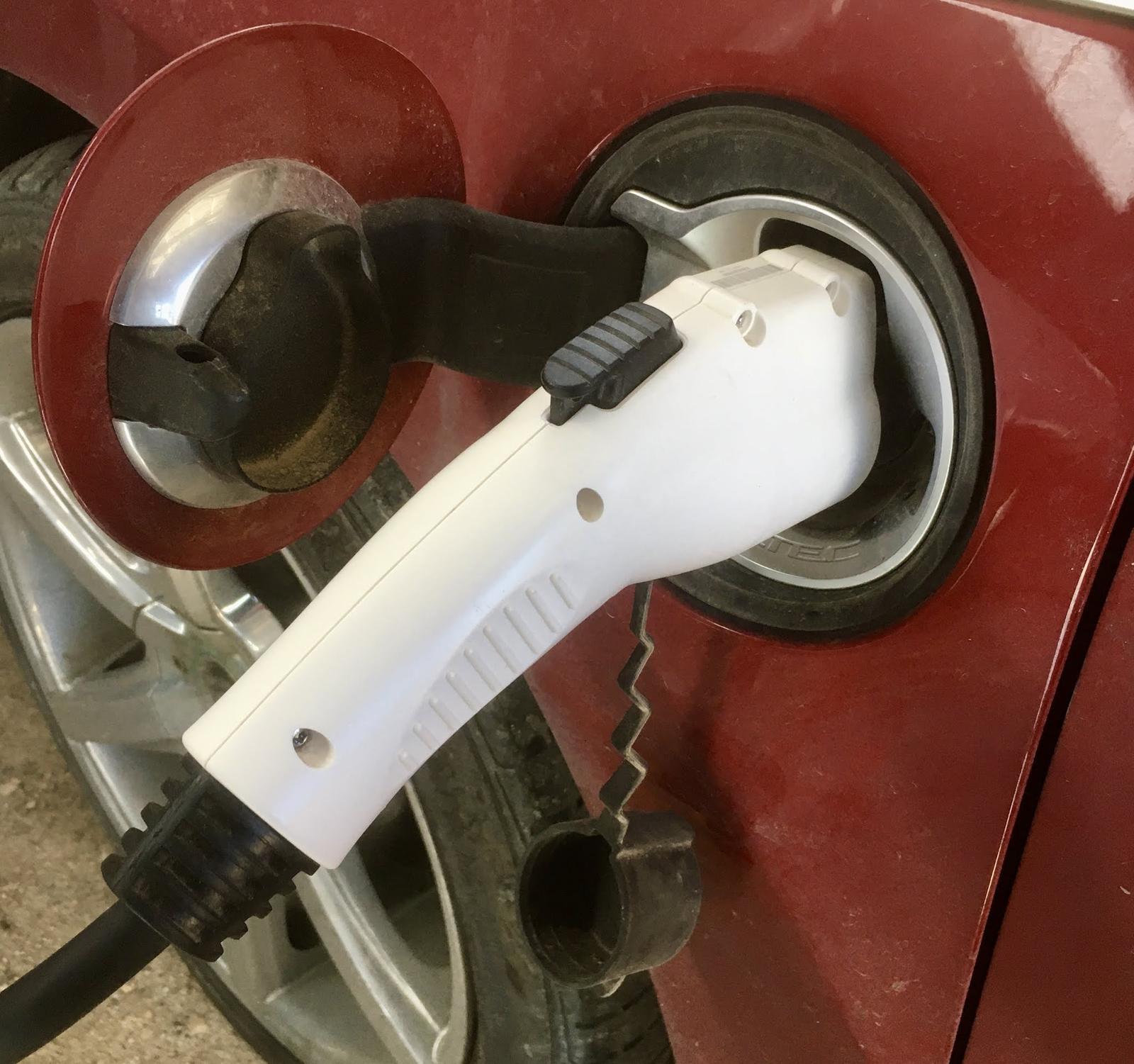
I’m calling the concept “Slow, Dumb Charging.” You might assume, based on the name, that it’s not fast charging (it’s not), and it’s not smart, connected, app-based charging (which it’s also not). It’s not a perfect name, but hopefully this concept gets some traction, because I think it’s better than the path that we’re slowly defaulting along. It doesn’t solve all things for all people - but it does solve many things for many people!
An Overview of EV Charging
Battery Electric Vehicles need charging. There’s no getting around this. They run on electricity, and like everything else with a battery, they have to be plugged into power. But EVs don’t come with a regular outlet on them for a variety of very good reasons. They’ve got connectors designed for EV charging, and those connectors pass various types of power through. For AC charging, a device called an EVSE (Electric Vehicle Supply Equipment) handles adapting a plug or hardwired connection to the AC car connector. DC charging involves a lot more hardware, but it still involves connectors designed for EV use. And if all the talk about AC and DC encourages you to put some rock on, well, you’re in good company.
There are basically three types of charging in the US (two in Europe - they don’t have L1 charging at all because they don’t have 120V circuits): L1 (Level 1), L2 (Level 2), and DCFC (DC Fast Charging).
L1/Level 1 charging is 120V charging. You take a typical wall plug, plug it into an outlet, and charge. While one could, in theory, have high amperage L1 charging (30-40A), this doesn’t happen. A typical L1 EVSE will limit current to 12A, because this is the max that one can pull (per National Electric Code) on a 15A circuit in continuous loads - and L1 charging is definitely continuous. L1 charging can deliver around 1400W, or roughly 5 miles per hour of charging. Plugging in overnight, for 8 hours, gets a practical 30-40 miles of range added for most EVs, though it may be less in the extreme cold with pack heating requirements. If you can charge for 12 hours a day, you can get 50+ miles per day added to the car - and this exceeds the average US daily driving distance!
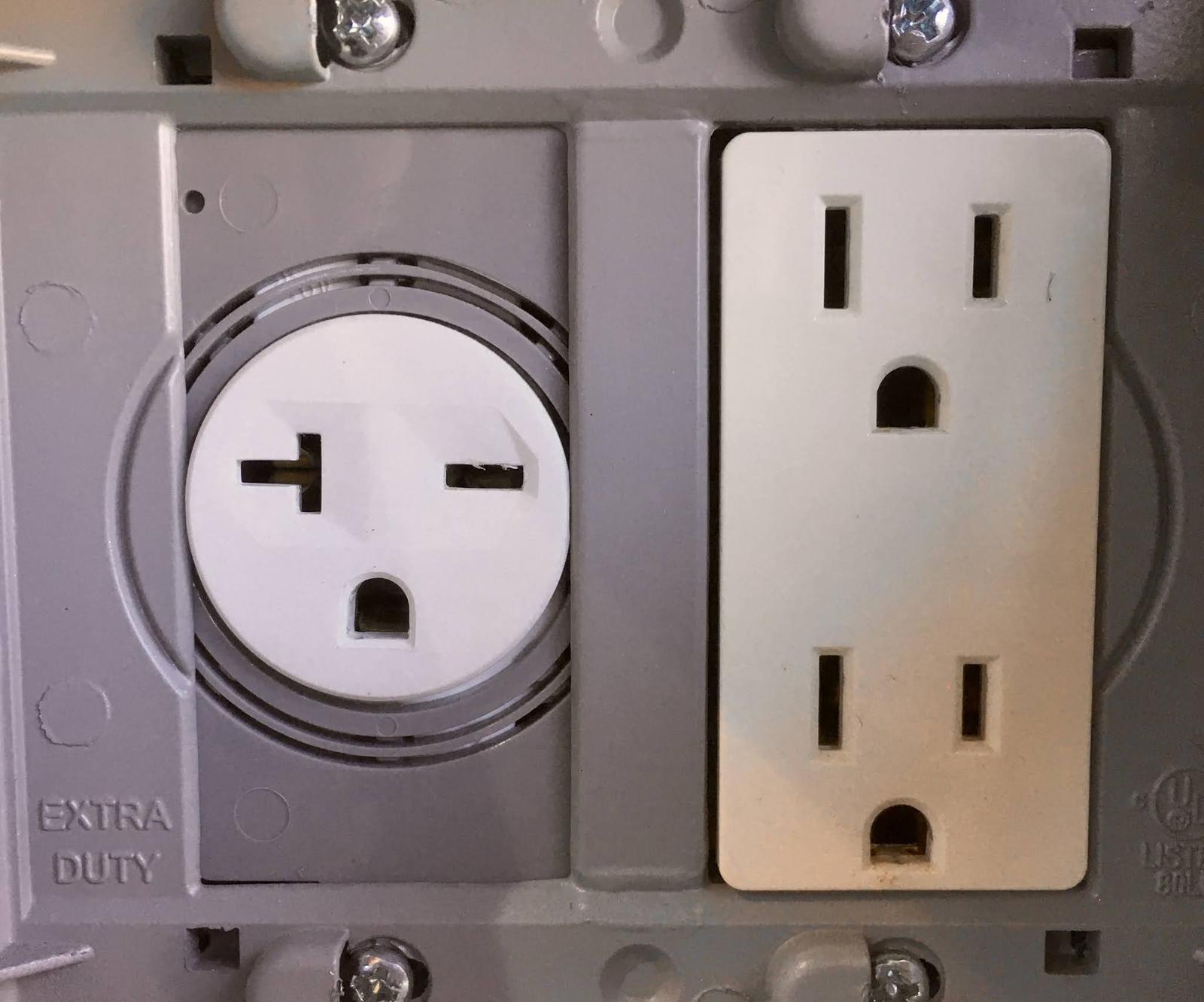
L2/Level 2 charging is 208V/240V charging. Most EV chargers are L2, though they can support different charging currents. Typical L2 chargers are 30-40A, though one can easily have lower power ones (as I’ll be arguing for). A 32A L2 charger charges at 7.7kW, or around 25 miles per hour of charging. You can find faster chargers, though very few EVs actually have the onboard charger capacity to handle more (they’re big, heavy, and hot while operating - plus the equipment to actually feed them is somewhat rare).
Finally, there’s DC Fast Charging - or, as popularized by Tesla, “Supercharging.” It doesn’t involve mechanically boosting manifold pressure in this context, though. DC charging avoids the limits of onboard chargers by having the AC/DC converter external to the vehicle. Instead of feeding AC into the vehicle to be rectified, you just hook up some fat cables to the battery pack directly (via some halfway sane connectors and protocols) and shove current directly into the pack. Fast chargers, at the low end, are 25kW, and the high end keeps growing, but is currently in the 100-150kW range (for practical charging - yes, there are more powerful demo units at scattered locations). At 100kW, this is over 300 miles per hour of charging.
The Gas Station Mentality
In quite a few discussions about EV charging, you’ll see comparisons made to gas stations - and why we need extreme fast charging, because you can fill a gas car up in 5 minutes, so until we have 5 minute fast charging, why, nobody wants to spend hours charging their EV. Often enough, the “solution” to this (mostly invented) problem magically happens to involve hydrogen, without any firm numbers on the round trip efficiency of a hydrogen system ever entering the conversation.
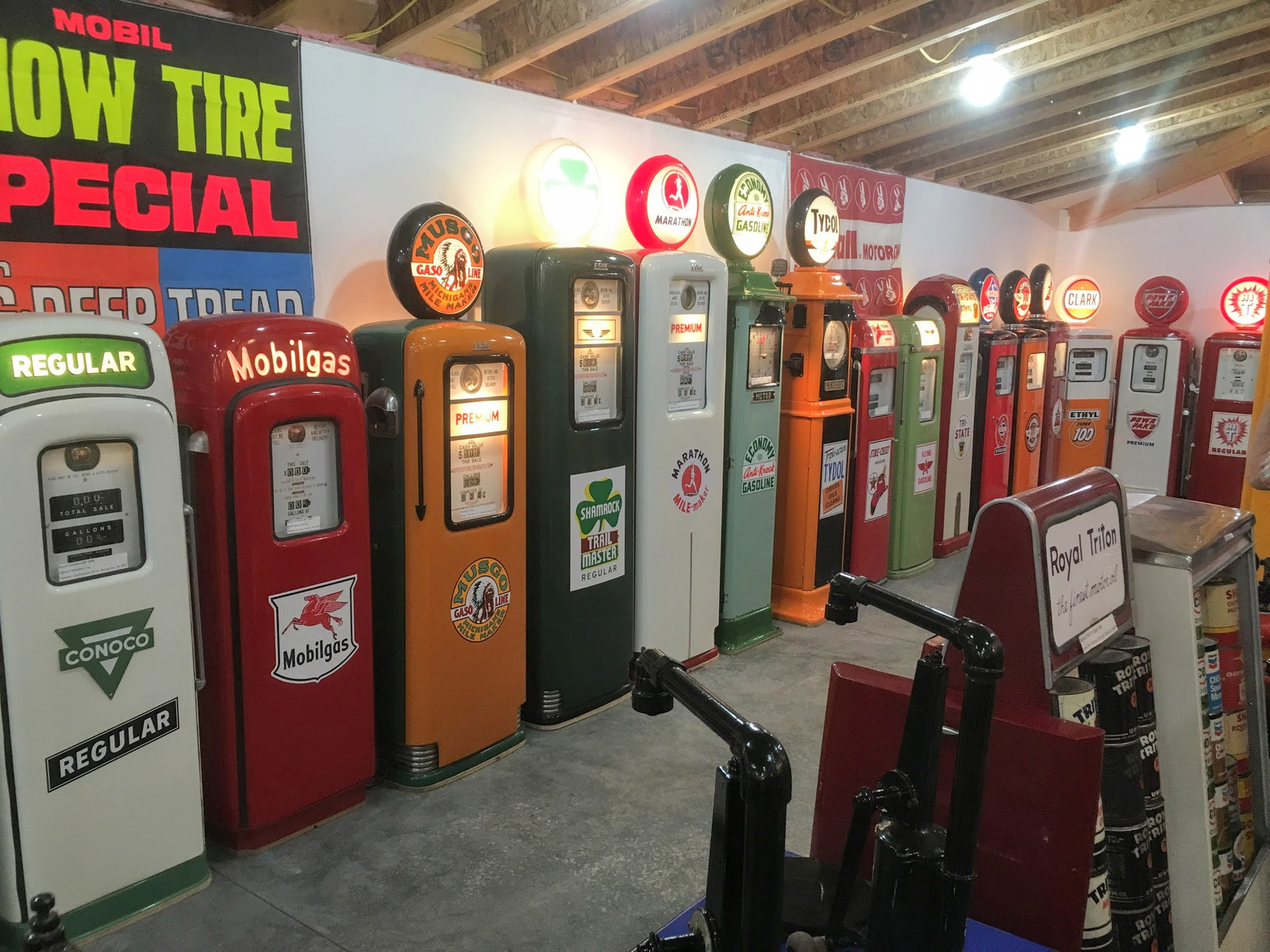
I’ve been watching hydrogen for a while, and at this point, I’ll offer the following: If a solution somehow requires hydrogen, the assumptions baked in are nearly nonsensical. It’s a solution that is great, if you’re a fossil fuel company with a massive infrastructure, and if you’re not, well… it’s… um… you know, it’s vital that cars refuel in 5 minutes regardless of efficiency! I do actually think hydrogen may have a future for long haul trucking, shipping, and rail, though I’m not at all sure it beats out alternatives. For consumer transportation, though? It’s a solution desperately looking for a problem it might be able to get people to pay to solve.
If you talk to people who actually own EVs, you’ll find something very different: That they largely don’t care about extreme fast charging, because they charge at home and don’t drive that far. An average 12k miles/yr, if you drive 300 days a year, is only 40 miles a day! The “time to charge” discussed doesn’t matter, because the “time spent charging” is while you’re at home or at work. Get out of the car, plug the charger in, go inside. If the car takes 2 hours, or 6 hours, or 12 hours… it doesn’t matter, as long as it has the range you want, when you need it.
DC fast charging (and fast chargers in general) only matter if you’re driving beyond the battery range of the car (long highway drives), or if you have nowhere to charge at home and own an EV that you charge weekly. It matters, but it would matter a lot less if we had slow charging almost everywhere. Or, if you own something like a Chevy Volt, it doesn’t matter because you do the common daily driving on battery, and the infrequent long trips on gas.
Be careful if you hear someone arguing that EVs somehow need 5 minute charging. They’re probably trying to argue for a solution that profits them, and that nobody else really wants.
EV Chargers: Got Complexity?
L1/L2 EV chargers have quite the range of features and price. At the low end, the EVSEs that come with most EVs are small L1 units (though some can be easily converted to L2 charging). They’re about $200, and features include “Allows an EV to charge from a standard wall outlet.” They aren’t high power (120V/12A is a common limit), they don’t do any metering, they don’t have any network connectivity, and they’re dead simple - they’re usually nothing more than a GFCI and some fixed function hardware that interfaces the car’s systems reasonably safely to the grid.
The first step up is a simple L2 charger - just a dumb 240V interface to the car. We’ve got one that we use at home, and a 16A limit is common enough and halfway useful (3.8kW). Nothing fancy, no cloud anythings, just more power delivered.
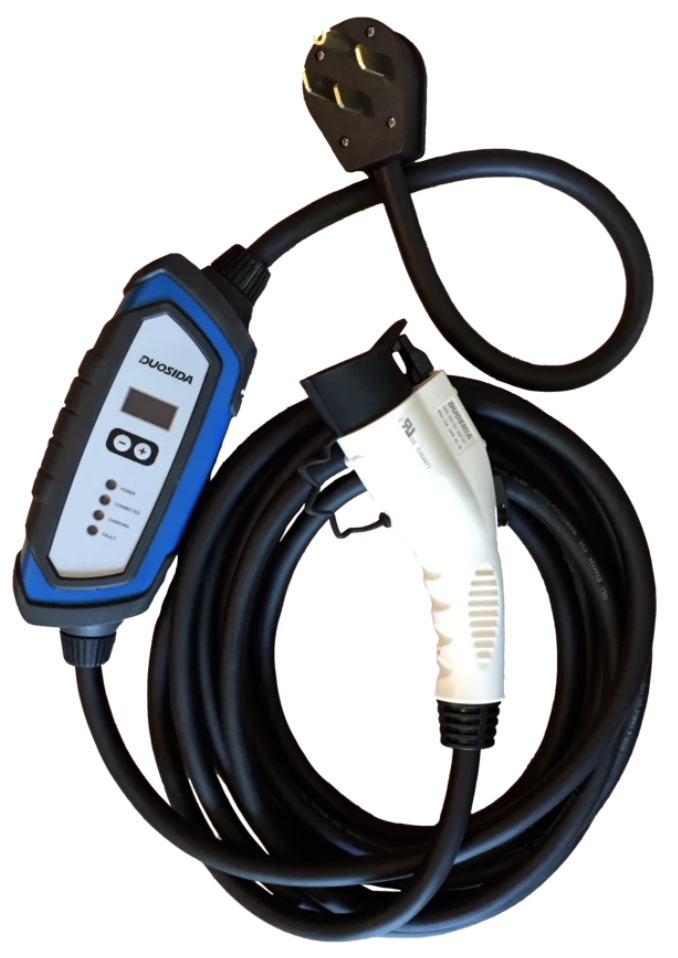
Adding some features, you’ll find what a lot of people have installed at home - a “home L2” charger. These are typically in the 32-40A range, and often have some variety of network connectivity (usually WiFi, though you might find other interfaces too). You might be able to set the max current, to toggle them remotely, and a lot of them are adding “circuit sharing” features, where a pair of 40A chargers can share a single 50A circuit, communicating about use and keeping the combined circuit draw below the specified limit (depressingly often, this requires “working cloud communication”). Most of these units will report kWh delivered, but, importantly, these are “infotainment” numbers. They’re not demonstrated to be accurate enough for actual power billing - and, importantly, aren’t required to be. This is what I installed on our church building.
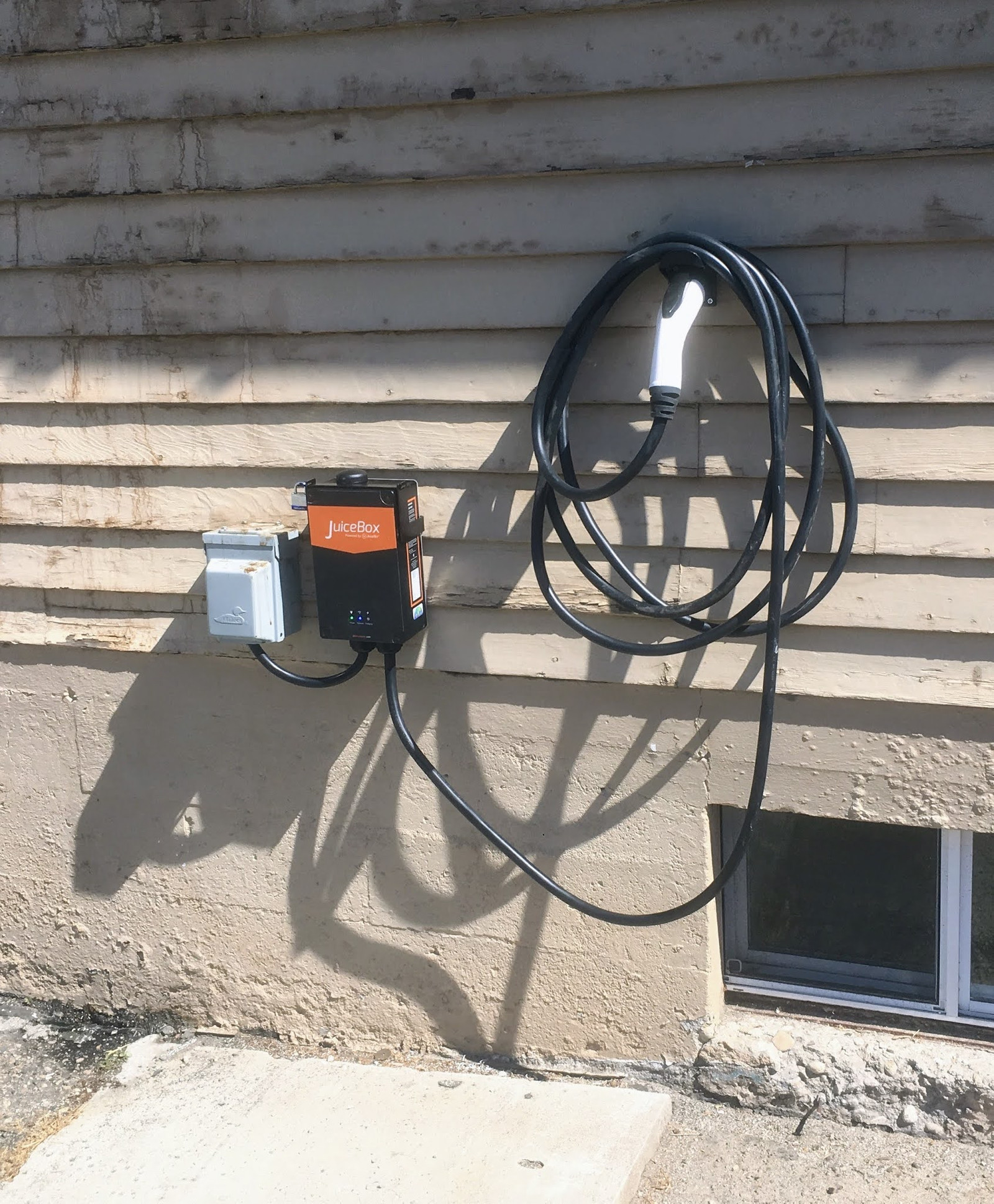
Finally, you’ve got the “public charging stations.” A number of companies make these, and most of them have a common set of features. They’re almost always quite high power (40A or more), they have a nice management/billing interface (credit card readers, RFID readers, apps, Bluetooth, etc), and they have “revenue grade meters” internally. This means that, if they say 1kWh has passed through, something very, very close (1% or so) to 1kWh has passed through. Since these units often charge (rather high) per kWh fees, there are fairly strict requirements on “billing for power delivered.” Hourly rates are a run around these limits (in some cases, you pretty much can’t charge for a kWh unless you’re a utility), but these sort of charging stations are quite expensive ($2000+), require high power electrical runs (50A), and almost always come with some non-trivial monthly management/connectivity fees ($20-$50/mo). They’re nice, fancy units, but they also tend to be quite expensive to charge at, because they’re expensive to install and expensive to run! Depressingly, most public charging stations are this type.
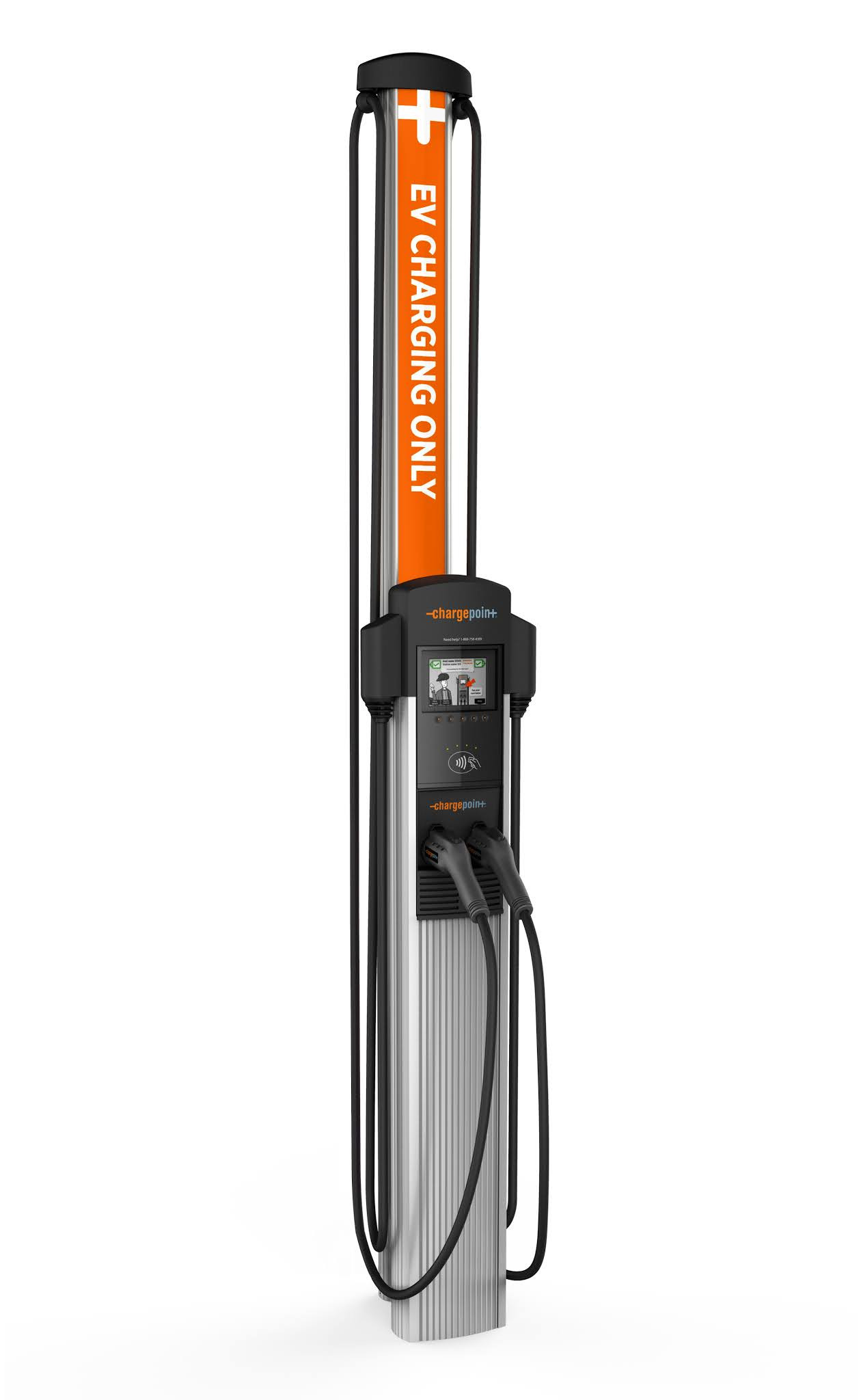
I like simple thing where they work. A simple EVSE is little more than a microcontroller, a shunt or two, and a few relays. A public charging station is far, far more complex - and that’s before you consider the complex cloud-based backend that makes the whole contraption work!
I’m not a fan of throwing complexity into a solution and then working out how to make use of it (this usually involves some form of the verb “monetize”). The current EV charging world looks an awful lot like complex solutions, desperately looking for the problem that only this level of complexity can solve. Do we actually need fancy touch screen interfaces that cloud all the machine learnings via RFID/app/AI? Or is that just what the companies want to make, because it’s neat, and they’ll work out details of making money on it later?
Power Costs of L2 EV Charging
A quite common concern about installing public EV chargers is simply the cost of power - “I don’t want to pay for someone else to charge their car!” comes out, and nobody wants to spend thousands of dollars a month on someone else’s EV charging. But… will you really? What does it actually cost to run an EV charger?
Almost nothing, if nobody uses it…
At $0.10/kWh (our local power prices), a 40A charger (9.6kW) costs just under $1/hr. It takes a pretty high end EV to draw that. If you’re on expensive, $0.25/kWh power, this charger is closer to $2.40/hr. That can add up if it’s being heavily used.
But what about a slower 16A (3.8kW) charger? Even with high power costs, it’s less than $1/hr. On cheaper power costs, a whopping $0.38/hr.
L1 charging? $0.14/hr on cheap power, $0.35/hr on expensive power.
DC fast charging is usually on high voltage feeders with demand charges, and I’m totally fine with that sort of convenience charging money. But a normal L2 charger? They’re just not that expensive to run!
Running a 3.8kW charger flat out for a month, is under $300 - but EV chargers aren’t used constantly, and there are some easy ways to mitigate the “plug in and charge all night” sort of abuse charging station operators may be concerned about. On the flip side, a 3.8kW charger, running solid for a month, is 8000-9000 miles of driving. That’s 8 months of driving for most people, in one month of charging!
So, in light of this, I propose:
Slow, Dumb Charging
Instead of paying a lot of money to install high power circuits to feed expensive public chargers that require expensive monthly management, what if we just put slower (I like 16A because you can run a 20A circuit on 12 gauge copper, which is good for 16A @ the 80% continuous derating), dumber chargers around? They cost far less to install, and even if they’re free, the costs to run them just aren’t that high. You can install an awful lot of dumb chargers for the cost of a single high end charger, service more cars, and still spend less money in the deal!
I totally understand the concerns about being someone’s “free fueling station” - and you can make this sort of behavior rather annoying by the simple steps of shutting the charger down for a few hours overnight, or just having a “few hours of charging timer” on it. This could be automatic, or it could be a simple outdoor rated mechanical timer. Walk up, plug in, twist the timer to 4 hours, and charge while you’re shopping or eating. If you’re charging overnight, 4h is nice, but unless someone wants to wake up in the middle of the night and reset the timer, it limits the amount of money a single session can draw. Most “network connected but not revenue grade” L2 chargers support schedules - turn it off between 10PM and 6AM if you’re concerned about someone charging overnight.
Not convinced? Let’s look at a few use cases!
Businesses: Attracting Customers for Cheap
How much does it cost you to attract customers? What do you spend on newspaper inserts, TV ads, radio ads, online advertising? If you have a non-trivial marketing budget, just pull the cost for the EV chargers out of the marketing budget, make sure they’re listed on PlugShare and a few other places, and… done! Put in a few free stations and see what happens. If they’re full with customers charging, put in more! Just be sure to clearly mark the spots, and pester non-EVs who charge there. It helps if the EV spots aren’t right up against the building - making them “not prime parking spots,” even if it costs a bit more in conduit and trenching, is going to help prevent people from just using them as close up parking spots. Whole Foods over in Boise did this a while back, and it’s been working very well for them!
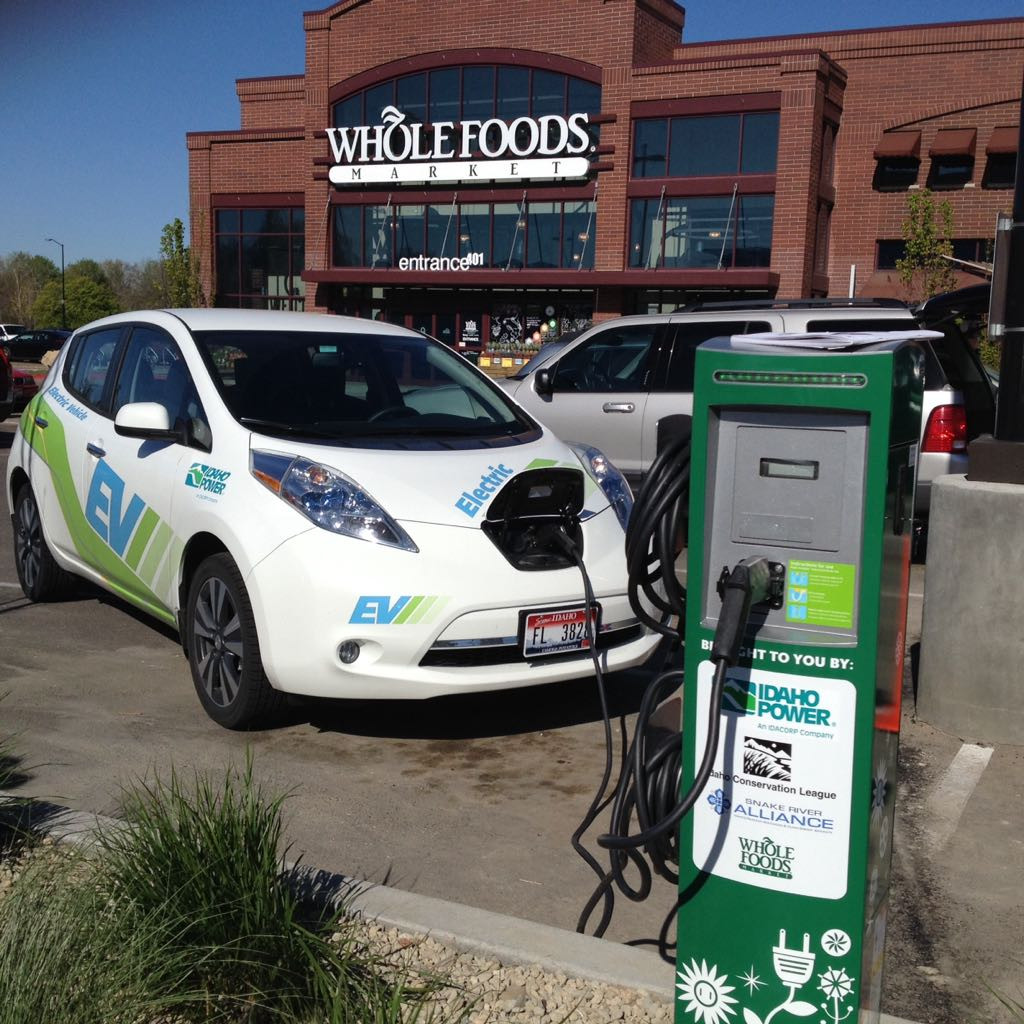
The conduit and wiring and such are one time costs - if nobody uses the chargers yet, at least you’re prepared for the future. Mention it to the newspapers and get some free press while you’re at it.
Then, allow people who use them to easily pay for them. If you’re a grocery store, just have some “EV charging” tags by the door people can grab and add $0.50 or $1 to their bill (the same sort of thing many stores have for various charity donations). A 3.8kW charger, running for an hour, just isn’t that expensive. Do the math, make it easy to pay for it, and cover the rest out of the marketing budget. I guarantee it’s not going to be that expensive - and if you’re running them hard, regularly? That’s an awful lot of customers you’ve attracted!
Apartments/Condos
Yes, I get it. Installing an expensive EV charger or two, managing scheduling, handling billing? That’s an expensive pain - so I’m proposing you don’t do any of it. Install a few dumb chargers around the property as a way to stand out from other apartment complexes, then just run a bunch of 120V/20A outlets around the parking lot. You can charge a premium for an “EV charging” spot in the garage - figure 30-40% overall duty cycle on the outlet, add that much to the space cost, and don’t worry about the details. If you want to provide some spots with faster charging, run 240V/20A circuits for faster charging. There’s no need to provide every parking spot with a 50A circuit, and there’s no need to bother with revenue grade meters to bill for it. Just get close and adjust on an annual basis as needed. Right now, so few apartments (in most of the country) support EV charging at all that it’s an easy way to attract renters.
Talk to your friends up north where block heaters are a thing. They’ve worked out the details. Again, in the context of total property cost, this just isn’t that big a cost. Plus - EVs are far less likely to leak oil in your parking spaces! You might come out ahead in resurfacing costs alone!
Cities/Towns/Downtown Areas
Are you in charge of a downtown area? Would you like to attract people to the downtown area for nearly nothing? Put some free EV chargers at the edge! The inspiration for this post actually came from the City of Caldwell, Idaho. Around the start of the year, they (or Idaho Power - I’m unclear as to who actually drove the project) added a few slow/dumb chargers to their downtown parking lots - they’re 3.8kW units that are literally free to use - no registration or anything. I’ve now gone there several times that I wouldn’t have considered before (because I can round trip there on battery if I charge for 2 hours or so), and I’m happy to support the downtown area that added them. They’re just dumb pedestal chargers, and they work!
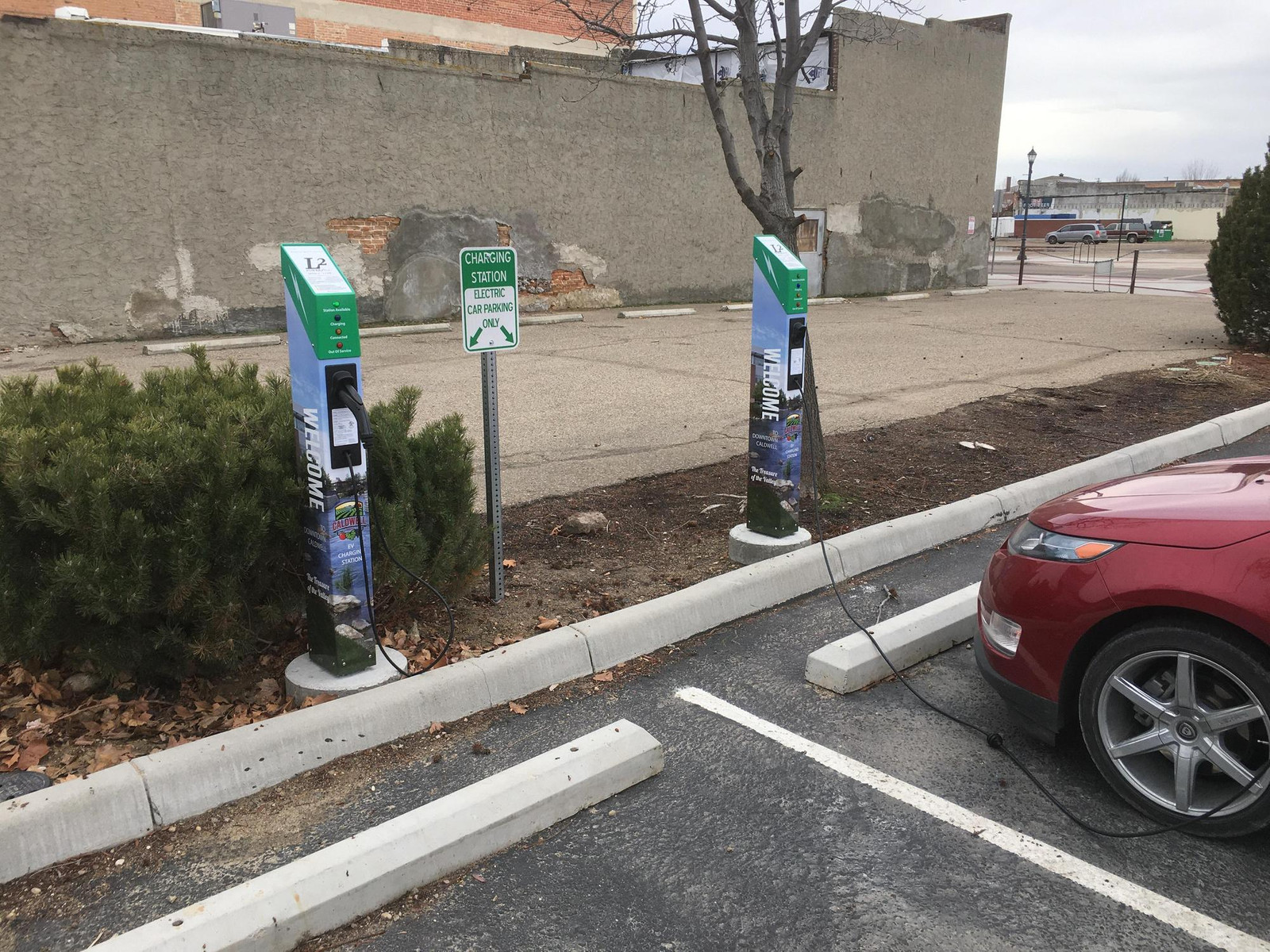
Church Office Buildings
And, as for me and the charger I’ve installed on the building our church owns? Once the free year of management with EVMatch is over, I plan to just set the thing to 16A and make it free. The management fees are $5/mo, which is about 50kWh of power a month. In the last 5 months, the charger has passed… oh, less than 70kWh. It’s literally cheaper for me to cover power than to pay management fees, and the fees for EVMatch aren’t significant. If it actually gets some increased use, I’ll figure out a donation box or a PayPal address for people to toss a few coins at. But, so far, it’s just not being used that much and I’m happy to pay for power instead of paying management fees. Costs me less, besides!
Other Benefits: Making Older EVs More Useful!
Pulling around to another benefit of scattered free EV chargers, they make older EVs with worn out batteries more feasible to drive around!
I don’t expect many drivers of expensive, long range BEVs would bother with 3.8kW of charging every now and then when they’ve got 80-100kWh of battery pack weight under the car and, presumably, fast charging at home.
But if you’ve got an older Leaf or something, and the battery isn’t what it one was? More charging stations open up options to keep running it. Sure, you might have to plug in on occasion in the winter when you didn’t have to in the past - but you can still make it work. And that keeps more EVs on the road instead of scrapping them out, which is a win for embodied energy numbers. Plus, it means that lower cost, worn out EVs can replace gas cars more easily!
Try it! You’ll Like It!
So: If you’re at all in a position to have EV charging, consider a slow, dumb charger before you pay for a fast, expensive, cloud connected one. Stick a timer on it if you need, but until it’s an issue, don’t assume you need some complex and expensive solution stuffed with high end guts. You don’t!
And if you’re on the fence about it, contact me. I’ve got some funds set aside to split the power cost with people, 50/50, for energy used by a free public EV charger (at least until that pot of money runs out). You install a free public charger, send me the usage data, your power costs (for that specific charger), and I’ll cut you a check for half of it for the first 6 months. Try it and see how expensive it is!
Comments
Comments are handled on my Discourse forum - you'll need to create an account there to post comments.If you've found this post useful, insightful, or informative, why not support me on Ko-fi? And if you'd like to be notified of new posts (I post every two weeks), you can follow my blog via email! Of course, if you like RSS, I support that too.
